Unlocking Culinary Convenience: The Science Behind the Pot Multi Cooker Revolution
The rise of the pot multi cooker represents a significant shift in modern culinary practices, driven by a growing consumer demand for convenience and efficiency in the kitchen. According to a report by Grand View Research, the global kitchen appliances market is expected to reach $251.28 billion by 2025, highlighting the surging popularity of versatile cooking devices. Pot multi cookers, with their all-in-one functionalities, are at the forefront of this trend, as they combine pressure cooking, slow cooking, steaming, and sautéing into a single appliance.
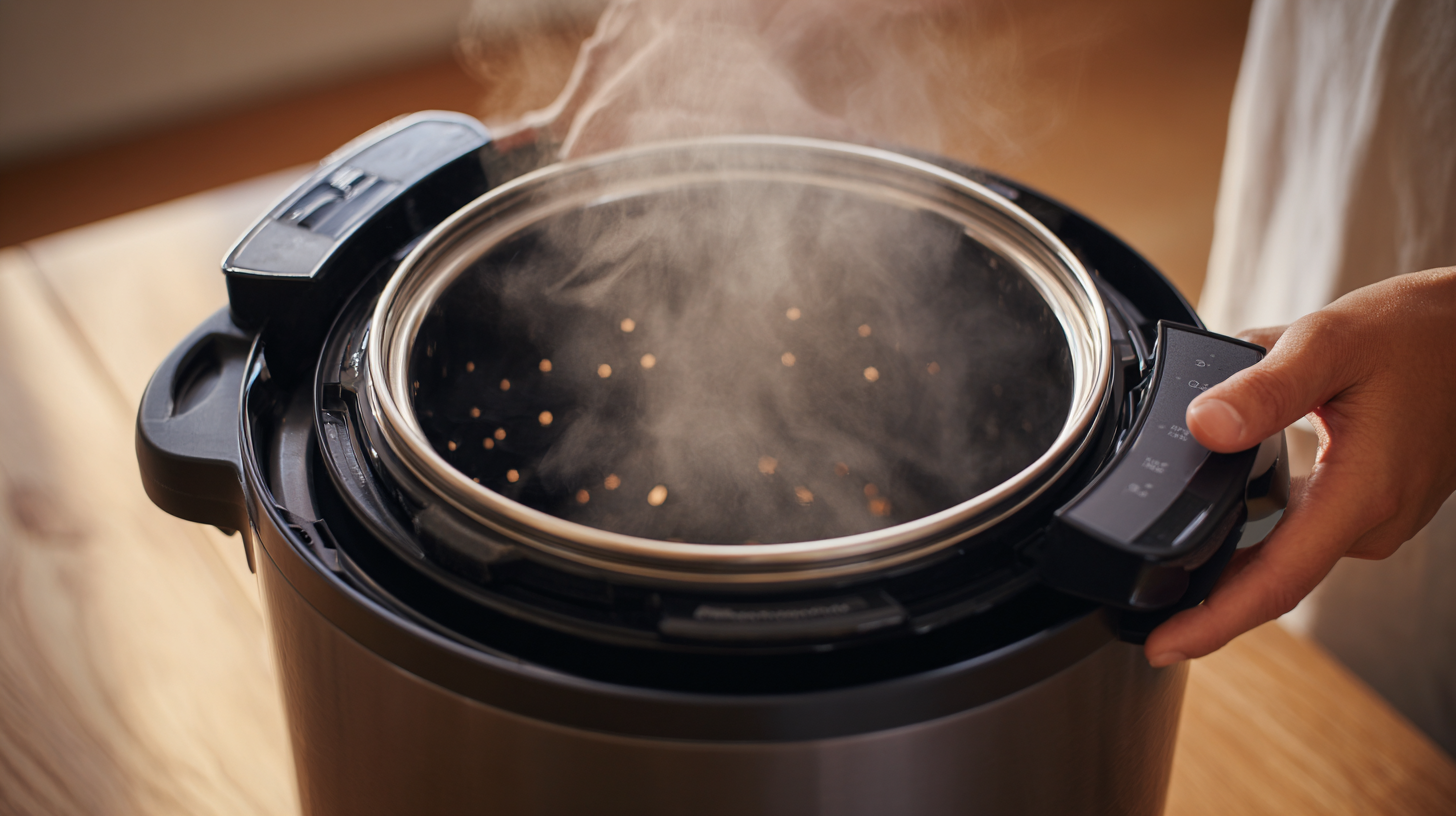
The National Kitchen and Bath Association reports that nearly 70% of home cooks seek tools that simplify meal preparation, reflecting a broader consumer preference for time-saving solutions. As culinary enthusiasts and busy families alike lean towards these multifunctional devices, understanding the science and technology behind the pot multi cooker revolution becomes essential for maximizing their utility and enhancing home cooking experiences.
Understanding the Pot Multi Cooker: Types and Features Explained
The pot multi cooker, a revolutionary kitchen appliance, combines various cooking functions into one versatile device. Understanding the types and features available can greatly enhance your culinary experience. For instance, there are round and cube models, each designed to cater to different cooking needs and kitchen spaces. While some multi cookers focus on pressure cooking to significantly cut cooking times for dishes like stews, others emphasize slow cooking for tender textures and richer flavors over extended periods.
When selecting a pot multi cooker, consider features such as programmable settings, multiple cooking functions (like air frying and sautéing), and smart connectivity options. By investing in a model that fits your cooking style, you can simplify meal prep and expand your culinary repertoire.
**Tips:**
- Always check the maximum capacity of the multi cooker to accommodate your family size or gatherings.
- Look for models with a delay timer, allowing you to prep ingredients in advance and have meals ready when you arrive home.
- Experiment with the various cooking modes to discover new recipes and find the best combinations for your favorite dishes.
The Science of Cooking: How Multi Cookers Use Pressure and Heat
Multi cookers have revolutionized the culinary landscape by harnessing the principles of pressure and heat to expedite meal preparation. According to a report by the Culinary Institute of America, the global market for multi cookers is expected to grow at a CAGR of 10.5% between 2021 and 2027. This surge is largely attributed to their ability to significantly reduce cooking times—for instance, pressure cooking can decrease cooking duration by up to 70% compared to traditional methods.
The science behind this efficiency lies in the way multi cookers use pressure to elevate boiling points. When the internal pressure rises, water and moisture can reach higher temperatures, effectively cooking food faster while retaining nutrients and flavor. Additionally, multi cookers often feature various cooking modes such as sautéing, steaming, and slow cooking, providing versatile meal options with minimal effort.
Tips: When using a multi cooker, it is essential to follow the recommended fill levels to avoid overflows and ensure optimal pressure cooking. Also, experimenting with different cooking settings can help you discover the best methods for your favorite recipes, enhancing both flavor and texture. Lastly, when making soups or stews, sautéing the aromatics before pressure cooking can intensify the dish's flavor profile, leading to a more satisfying meal.
Cooking Time Comparison: Traditional Methods vs Multi Cookers
This chart illustrates the cooking time required for various cooking methods using multi cookers compared to traditional cooking methods. Multi cookers significantly reduce cooking times, providing convenience for busy home cooks.
Easy Recipes to Try: Simplifying Meal Prep with a Multi Cooker
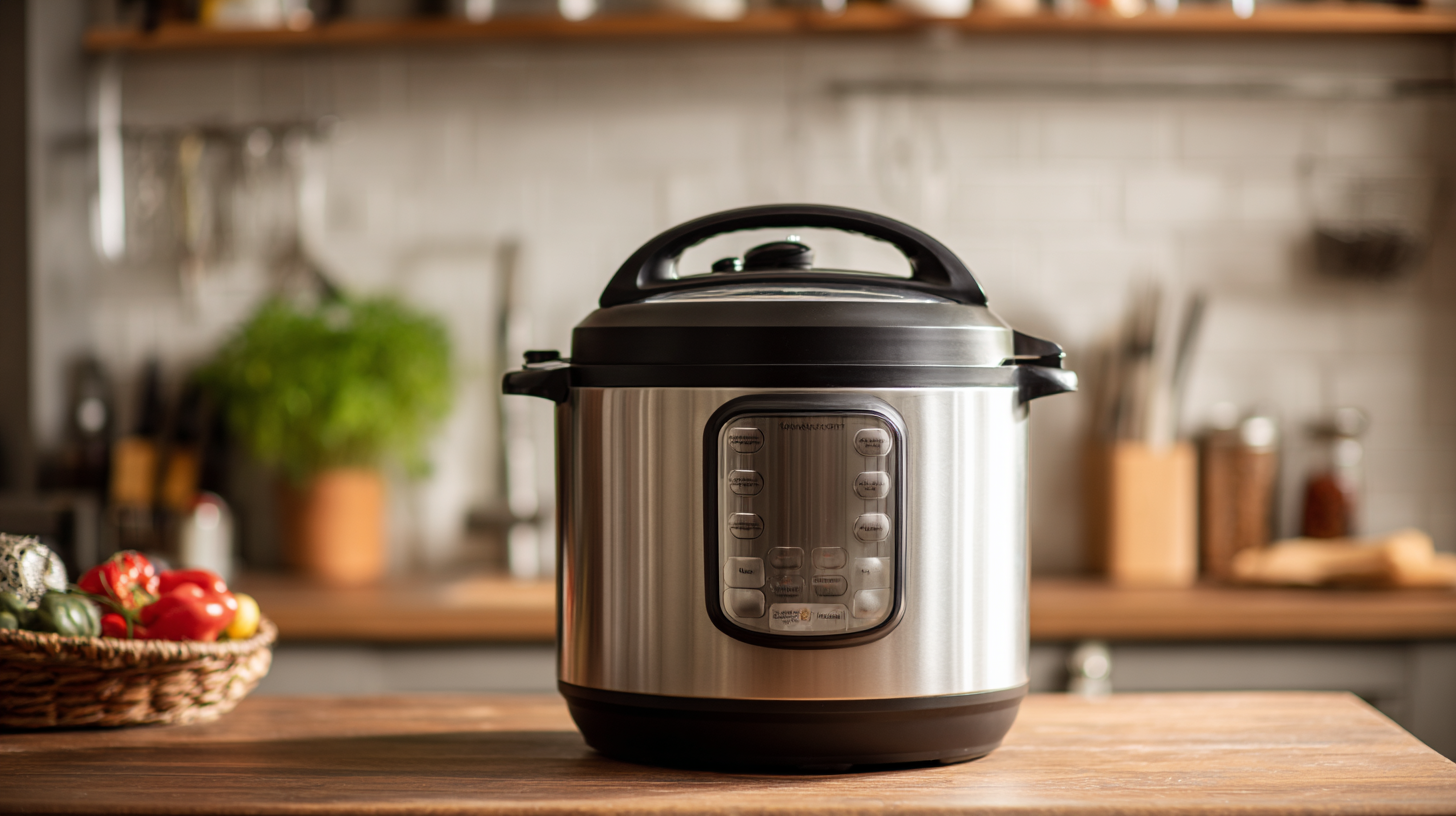 Multi cookers have revolutionized the way we approach meal prep, transforming complex cooking processes into simple, enjoyable experiences. With just one device, you can pressure cook, slow cook, steam, sauté, and even bake. This versatility allows busy individuals to prepare a wide range of dishes without the hassle of using multiple pots and pans. For those looking to get started, here are a few easy recipes to try: savory stews, creamy risottos, and quick pasta dishes. Each of these recipes can be set up in minutes, leaving you free to tackle other tasks while your meal cooks to perfection.
Multi cookers have revolutionized the way we approach meal prep, transforming complex cooking processes into simple, enjoyable experiences. With just one device, you can pressure cook, slow cook, steam, sauté, and even bake. This versatility allows busy individuals to prepare a wide range of dishes without the hassle of using multiple pots and pans. For those looking to get started, here are a few easy recipes to try: savory stews, creamy risottos, and quick pasta dishes. Each of these recipes can be set up in minutes, leaving you free to tackle other tasks while your meal cooks to perfection.
Tips: To maximize the potential of your multi cooker, start by experimenting with the pressure cooking function. It's a game changer for tenderizing meats and reducing cooking times. Additionally, consider prepping ingredients in advance. Chopping vegetables or marinating proteins the night before can save you precious time during busy weeknight dinners. Finally, don't forget to utilize the sauté feature before pressure cooking; it adds a depth of flavor to your meals that truly enhances the final result. With these tips, you’ll find that meal prep can be both efficient and enjoyable!
Tips for Maximizing Your Multi Cooker: Techniques for Perfect Dishes
To maximize the potential of your multi cooker, it's essential to grasp its versatile functionalities. One key technique is to utilize the different cooking modes effectively. Whether it's pressure cooking, slow cooking, or sautéing, understanding when to use each function can elevate your dishes from ordinary to extraordinary. For instance, starting with the sauté function to brown meats and vegetables adds depth of flavor, while pressure cooking minimizes cooking time without sacrificing taste or nutrition.
Another important tip is to layer flavors strategically. Begin by adding aromatics like onions and garlic before incorporating the main ingredients. This simple step enhances the overall flavor profile. Moreover, consider the timing of ingredient addition; hearty vegetables like carrots and potatoes can withstand the pressure while delicate items, such as leafy greens, should be added later in the cooking process to maintain their texture and nutrients. Embrace experimentation with spices and herbs, as the multi cooker’s uniform heating can bring out their essence beautifully, resulting in perfectly balanced dishes every time.
Unlocking Culinary Convenience: The Science Behind the Pot Multi Cooker Revolution
| Cooking Technique | Recommended Time (min) | Ideal Temperature (°F) | Food Pairing |
|---|---|---|---|
| Pressure Cooking | 30 | 250 | Meats, Vegetables |
| Slow Cooking | 240 | 200 | Stews, Sauces |
| Sautéing | 15 | 300 | Vegetables, Meats |
| Rice Cooking | 12 | 212 | Grains, Legumes |
| Steaming | 20 | 210 | Fish, Vegetables |
Comparing Multi Cookers: Choosing the Right One for Your Kitchen
When it comes to enhancing kitchen efficiency, multi cookers have become indispensable appliances that cater to varied culinary needs. Choosing the right one involves understanding the features that best align with your cooking habits. For instance, if you frequently prepare large meals, consider models with higher capacity and advanced pressure cooking settings. These features can greatly reduce cooking time and streamline meal prep for families or gatherings.
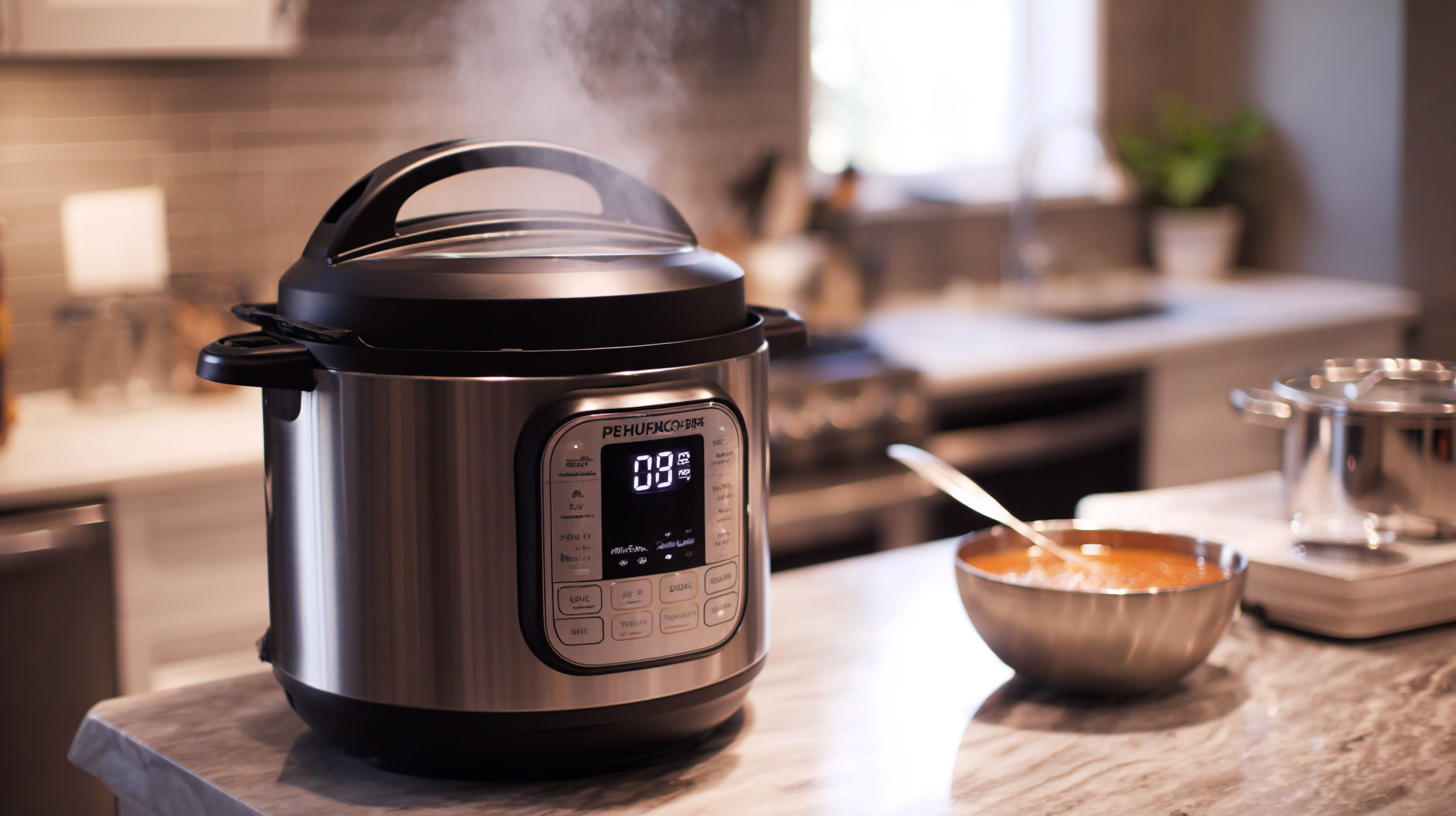
In contrast, for those who enjoy experimenting with diverse cuisines, a multi cooker with multiple cooking modes—such as sautéing, steaming, and slow cooking—may be more appropriate. Additionally, look for user-friendly interfaces and programmable settings to help with meal planning and ease of use. Ultimately, evaluating your specific cooking style and needs is crucial in selecting the perfect multi cooker that will elevate your kitchen experience and unlock a world of culinary convenience.
Related Posts
-

How to Choose the Best Pressure Cooker Replacement for Your Cooking Needs
-
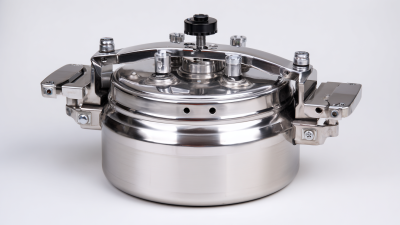
Global Procurement Insights Chinese Excellence in Pressure Cooker Parts Manufacturing
-

Elevate Your Desserts with the Incredible Benefits of Instant Pot Rice Pudding Recipes
-

7 Best Pressure Cooker Replacement Parts for Optimal Cooking Performance
-
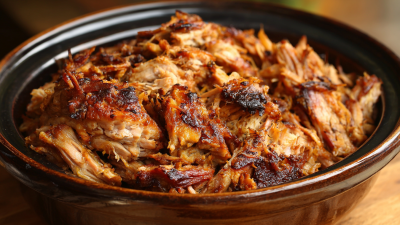
7 Best Pulled Pork Multicooker Recipes for Ultimate Flavor and Convenience
-
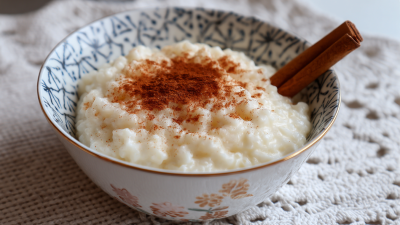
How to Create the Perfect Rice Pudding Using an Instant Pot
